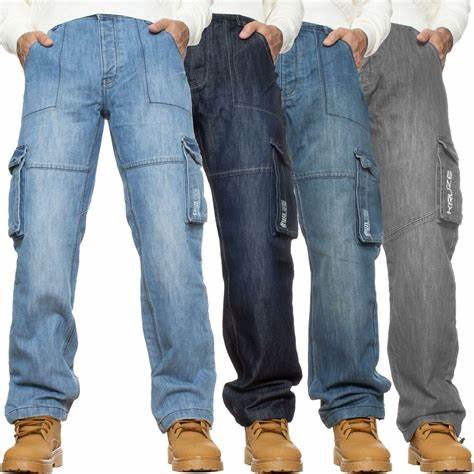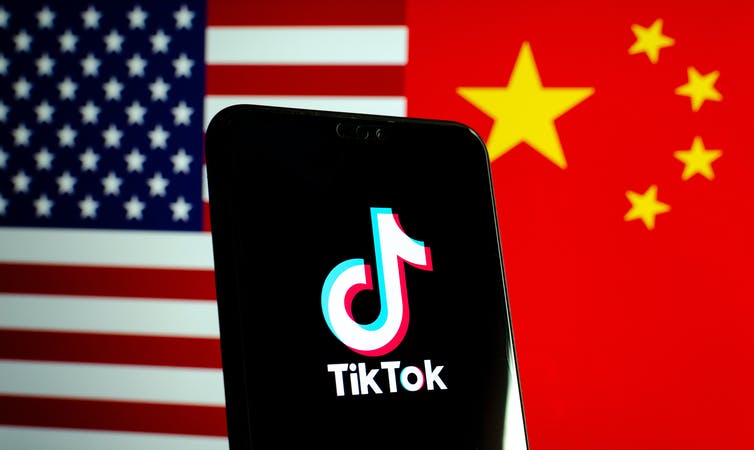
India’s textile and apparel sector, finds itself entangled in a rapidly shifting global trade environment. As geopolitical uncertainties and reciprocal tariffs threaten traditional markets, India must stich a new strategy—one rooted in diversification, strategic alliances, and innovation.
The tariff tango and market diversification
With the threat of reciprocal tariffs looming large, India's reliance on a few export markets poses a significant vulnerability. To reduce this, a broader understanding of the global textile and apparel trade market is essential. Market size, product preferences, and trade agreements all factor into the equation as India evaluates its next moves.
Table: Textile and apparel importers (2023)
|
Country |
Import Value ($ bn) |
Major Import Categories |
|
US |
130 |
Apparel, Home Textiles |
|
EU (Total) |
180 |
Apparel, Fabrics |
|
UK |
35 |
Apparel, Home Textiles |
|
UAE |
18 |
Re-exports, Apparel |
|
Australia |
12 |
Apparel, Home Textiles |
|
Japan |
25 |
Apparel, Technical Textiles |
|
Canada |
15 |
Apparel, Home Textiles |
This data highlights the opportunity intertwined with caution. These countries represent both India's most lucrative targets and its most delicate dependencies.
The US, high-value market, high-risk scenario
The US, with textile and apparel imports valued at $130 billion, continues to be one of India’s largest and most rewarding markets. Indian exporters thrive here, especially in categories like apparel and home textiles. However, the very volume of trade that makes the US attractive also heightens the risk of exposure to tariff retaliations.
Reciprocal tariffs could erode margins and competitiveness, making it crucial for Indian exporters to not only enhance product value through quality and innovation but also reduce dependency on this high-risk yet high-reward market.
The European Union, an anchor
The European Union, with $180 billion in textile and apparel imports, is the largest market in this analysis. Its appetite spans from high-street fashion to premium fabrics, offering a vast canvas for Indian products. The ongoing India-EU Free Trade Agreement (FTA) negotiations are central, as a successful conclusion could provide preferential access and ease tariff burdens. The EU also places a premium on sustainability and compliance—two areas where Indian manufacturers must continue to evolve. A stronger EU partnership could anchor India’s textile exports for the long term.
Australia and Canada, stable growth markets
Australia and Canada may not match the scale of the US or EU, but their consistent demand and stable economic environments make them valuable allies. With import values of $12 billion and $15 billion respectively, they offer room for growth, especially in categories like home textiles and casual wear.
The India-Australia Economic Cooperation and Trade Agreement (ECTA) already offers a tariff edge, making it easier for Indian exporters to enter and expand. Strengthening presence in these markets can provide much-needed balance in India’s export portfolio.
Japan, the technical textile niche
Japan’s $25 billion textile import market is highly specialized, with an increasing focus on technical textiles—a segment where India is investing heavily. This aligns perfectly with India's ambitions to move up the value chain and capture high-margin sectors.
However, there are challenges. Tariffs on imported machinery or raw materials for technical textiles could inflate costs, underscoring the need for domestic capacity building in this segment. Yet, with the right focus, Japan could become a key partner in India’s value-added textile journey.
The UAE, a re-export gateway
Though not a traditional end-user market, the UAE’s $18 billion re-export business in textiles makes it a critical node in the global trade web. For Indian exporters, the UAE offers a logistical and commercial hub to access Africa, Europe, and Central Asia. Leveraging this re-export potential requires agility, competitive pricing, and supply chain efficiency—but the rewards could be significant in tapping into secondary markets via the Gulf.
Diversification, resilience the new realty
The data underscores a clear message: India must spread its bets. The textile and apparel sector must pivot from dependency on singular markets to a diversified export strategy. Here’s what the path forward entails.
- Strengthening the EU connection through a successful FTA to secure tariff relief and long-term stability.
- Leveraging the India-Australia ECTA to deepen trade relations and capitalize on the Pacific's growing demand.
- Expanding footprints in Canada and other mid-tier markets for consistent, stable growth.
- Tapping into Japan’s technical textile segment, with a focus on quality and innovation.
Utilizing the UAE as a re-export base, broadening global access through a strategic hub.








